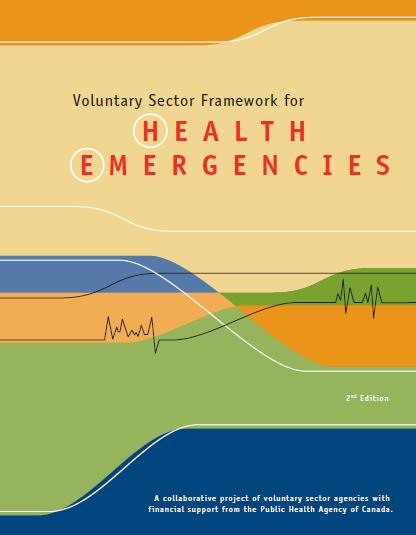The voluntary sector has an important – but currently underutilized – place in Canada’s response to health emergencies in particular. While some voluntary organizations have well established roles in emergency response, a much broader range of organizations could make vital contributions before, during, and after a health emergency than is currently expected.
For one, they can convey important information to their clients in the community regarding the emergency and preventive self-care procedures to limit the spread of infection.
For another, they can build “surge capacity” to mobilize volunteers so that their contributions can be effectively applied.
They can also take the necessary precautions and steps to ensure that their core services continue to be provided to their clients and the public.
While the emergency response mechanisms in place in most provinces and communities across the country now respond well to meet the needs of affected populations, health emergencies create additional and unique demands. For our purposes, a health emergency can be understood as an occurrence or imminent threat of a serious or life-threatening illness or health condition to a population that exceeds its capacity to cope. (See the Glossary of Terms for a more complete description)
A health emergency can overwhelm the health care system when the number of affected people surpasses its normal capacity to respond. It can also be widespread, covering a number of provinces, territories and communities at the same time. Health emergencies may also take place rapidly in a specific timeframe. They differ from natural disasters, which, in Canada, tend to be localized (even when they cover a large area, such as a forest fire) or infrequent, even if potentially dangerous, such as earthquakes. In large-scale health emergencies, extraordinary measures are called for. A pandemic, in particular, would add significant international economic, political, and trade implications to the list of concerns.
Read more
Download the PDF
Format
Theme





